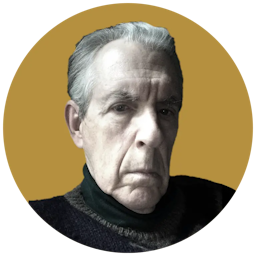Barbara Chase-Riboud Did, Indeed, Always Know
Her letters have a remarkable openness, a sort of friendly affect that is irresistible. If she ever offended anyone, she provides no evidence of doing so.

‘I Always Knew: A Memoir’
By Barbara Chase-Riboud
Princeton University Press, 480 pages
Please check your email.
A verification code has been sent to
Didn't get a code? Click to resend.
To continue reading, please select:
Enter your email to read for FREE
Get 1 FREE article
Join the Sun for a PENNY A DAY
$0.01/day for 60 days
Cancel anytime
100% ad free experience
Unlimited article and commenting access
Full annual dues ($120) billed after 60 days

